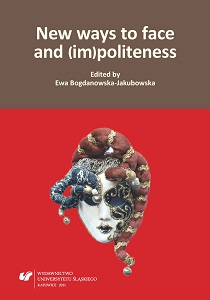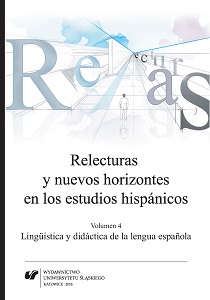
Face and ethics in professional interpreting
Interpreting can be considered a form of intercultural communication in which at least three participants take part – primary participants (the speaker and the hearer(s)) and the interpreter. This is interpreter-mediated communication in social interaction (Jacobsen, 2009). Thus the interpreter, like any other interaction participant, has face – “an image of self delineated in terms of approved social attributes” (Goffman, 1967, p. 5). Face, which is created during social interaction, is both a property of relationships and a property of the individual, and is shaped by culture and the role he/she performs. Among the socially relevant qualities of the individual’s self-image, we can distinguish three groups of attributes: • attributes tied to moral conduct (e.g., adherence to the code of professional ethics), • attributes tied to a position in a social setting (e.g., professional competence of the interpreter), • attributes tied to interpersonal skills and facework competence (e.g., coordinating/mediating skills).To maintain face participants engage in facework (Goffman, 1967), actions which address face, involving threat and support as well as actions aimed at maintaining face.The aim of the study is to analyse the interpreter’s professional face, its ethical aspect in particular, and facework strategies employed during interpreting. The study has been carried out within the framework of the Cultural Face Model (Bogdanowska-Jakubowska, 2010).
More...













